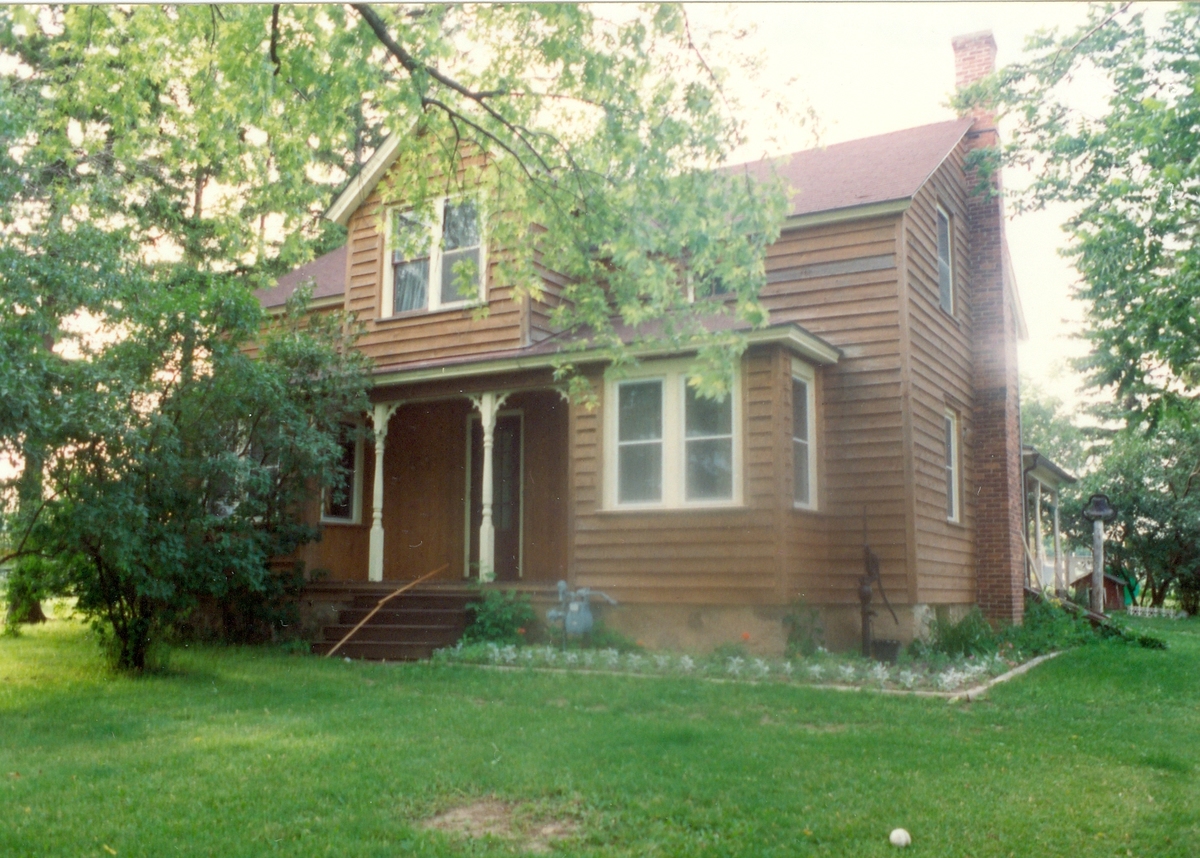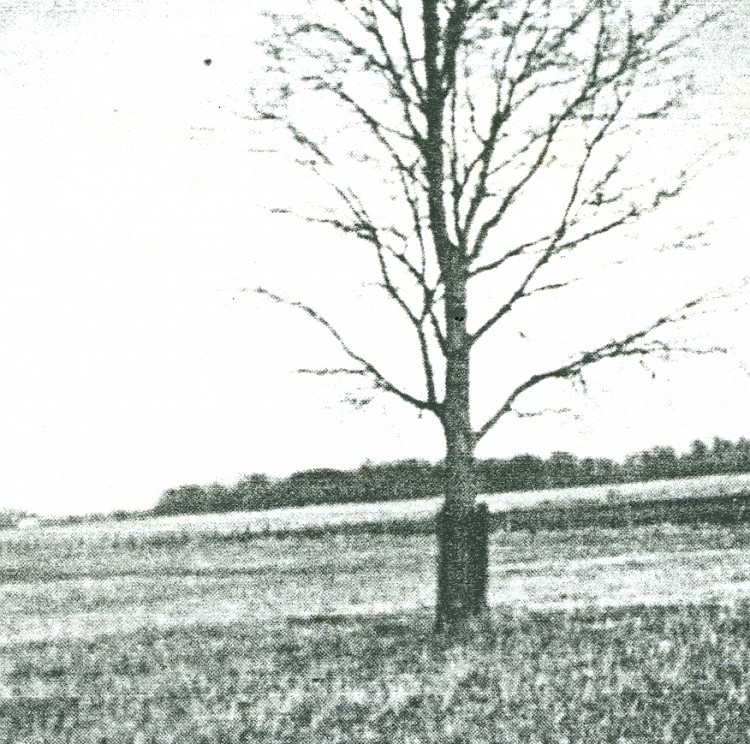Up until May 8, 1845, the only inhabitants of the area that would become known as the town of Plymouth were occasional Native American tribes who migrated along the northern Kettle Moraine. It was on this historical date that one family spent the entire day traveling through a dense forest to an area now known as Plymouth. The emigrants were from Tioga County, New York. Accompanied by his sons, Isaac Thorp lead the travelers. The family set up camp along the banks of the Mullet River, obtaining drinking water from springs in the vicinity. However, the area was swampy and unsuitable for homesteading, causing the troop to turn back east a few miles to a more appealing spot Isaac had previously seen. There they began construction of a cabin. Built in four days, three wagonloads of families and a couple of riders including a Federal Army officer arrived at the Thorp cabin just after its completion. Isaac opened his cabin to all of them. Four days later, Isaac’s wife Sophia and more of their children arrived. Isaac and Sophia Thorp had 14 children, but by 1845 many of them had already grown and lived on their own and three had passed away. Other Thorp children remained in New York. The Thorps went to work clearing the land and within a few weeks, potatoes, corn, buckwheat, and garden vegetables began to grow in preparation for a fall harvest. By fall of 1845, Isaac’s sons had cleared four acres of land and sown the first winter wheat in what was already becoming a small town. Harvested the following July, the yield came to forty-four bushels to the acre, proving Isaac’s keen judgment in choosing the farm’s location. The Thorp sons quickly became expert huntsman providing a variety of game for the family table. Sophia Thorp also earned a reputation of “doctress,” nursing the ailments of the settlers using various natural remedies. The townspeople referred to her as “Granny Thorp,” and she was known to walk for miles to administer aid to the sick. By 1862, all of the Thorps had permanently relocated to the state. Isaac Thorpe by artist Carole Bersin celebrates the first settlers of Plymouth. Sponsored by the Plymouth Historical Society, Isaac Thorpe can be found at 115 Division Street.

